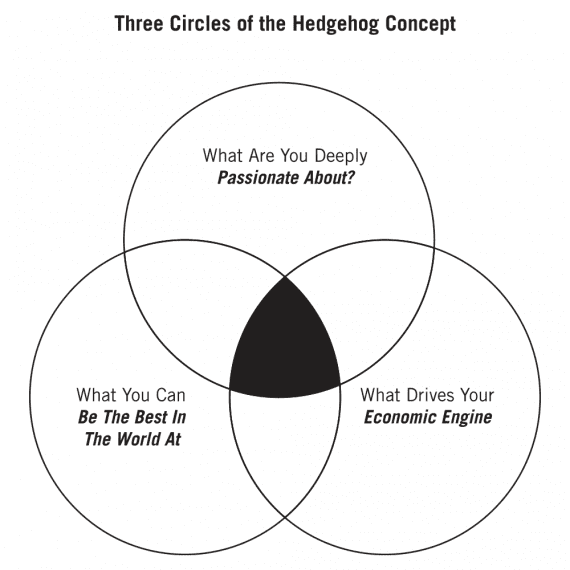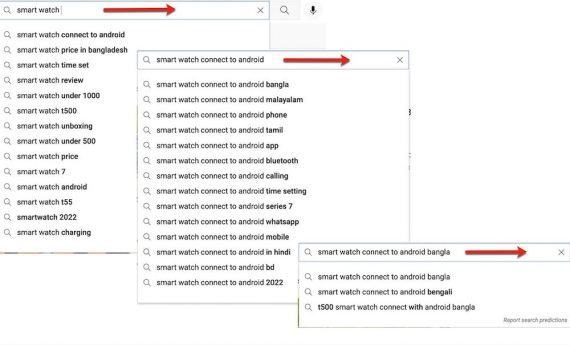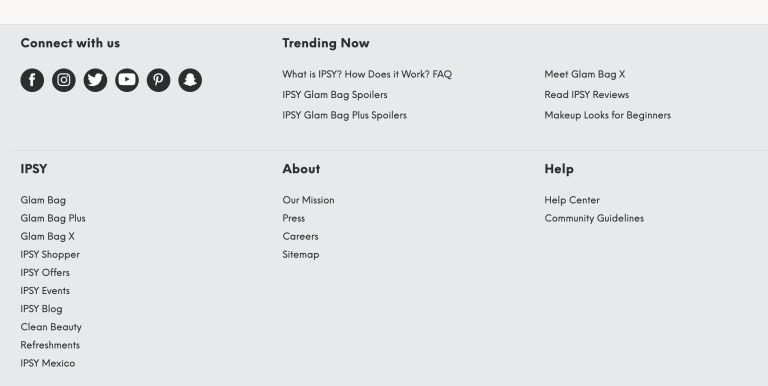Brands need to create items that are “not just a product that is preferred, but a product of choice,” said Vaid.
“For a long time branding was all about how can I relate this product to this customer group and make it look like…I am someone who looks like you. They were mirrors of people and cohorts of customers.”
In contrast to a mirror, a magnet brand, if you will, attracts customers because of its inherent value that is the result of a clear purpose. A brand of this sort addresses the customers’ needs and goes beyond the features of the products it sells.
“There is a difference between preference and choice. Choice is when you think of a product, you think of a name, and you don’t even really consider somebody else,” Vaid said, adding, “There are people who are avid Apple users who won’t even consider Android. They wouldn’t say, ‘I prefer Apple over Android.’ They’ll say, ‘I’m just an Apple user.’ The same for Android. It is a brand of choice.”
Brand of Choice
Each of these frameworks includes a desire to identify a company’s purpose relative to its product offerings.
With so many options, a brand needs to stand out and differentiate.
Vaid’s comments about purpose are similar to business frameworks such as Jim Collins’ Hedgehog Concept from the book “Good to Great”; the situation analysis in Paul R. Smith’s SOSTAC model; W. Chan Kim and Renée Mauborgne’s “Blue Ocean Strategy“; or the “Jobs to be Done” framework for product innovation.
To help make the point, consider Amazon’s third-party sellers. Marketplace Pulse reported in mid-September that Amazon had 1.5 million active third-party sellers — 470,000 had joined the marketplace in 2021 alone. Moreover, at the time of writing Shopify had more than 1.7 million merchants on its platform.
Magnets not Mirrors
“Gone are the times when you walked into a store, and you had three things in front of you…nowadays the choice is limitless,” said Vaid, who was speaking during a live interview with the CommerceCo by Practical Ecommerce community on August 26, 2021.
Helen Vaid is CEO of Foundry, a business aggregator that buys and grows commerce brands. She believes the explosion of products and seemingly unlimited consumer choice mean brands must do more than merely sell goods and services.
“Brand is something that creates choice, that creates loyalty, that continues to attract customers, but most importantly it has a customer base that comes back over and over again,” said Vaid in response to a question about what makes a good brand.
Jim Collins’ Hedgehog Concept identifies three circles or dimensions that successful brands address: passion, competence, and sales potential.
“Somebody I know very well once stated, ‘Great brands are magnets, not mirrors,’” Vaid said.
Purpose
Unlimited choice, according to Vaid, forces a brand to find a way to win long term. It needs to develop relationships with its customers and appeal to them in such a way they remain loyal.
“It is more than transactional,” said Vaid, “but about a higher-order purpose. This is the reason that you see so many mission-driven brands that are doing better than products that get commoditized.”

Brands don’t have to start with a massive following. Nor does a company need to be as recognizable as Apple to be a brand of choice. Rather, the aim of a brand is to sell to customers over the long term regardless of the product.




